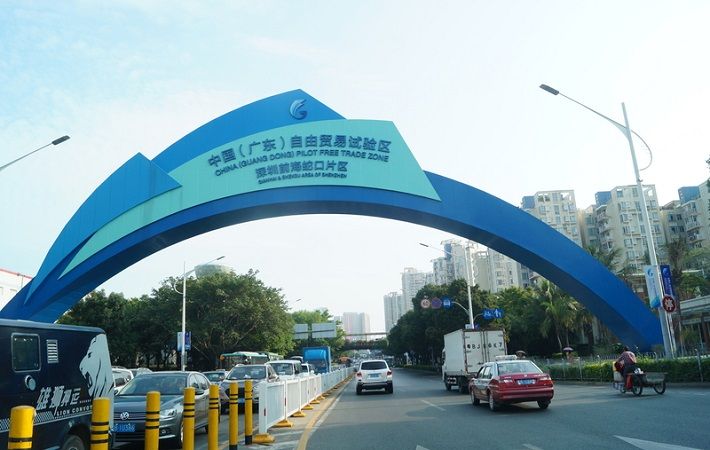
The number of items on the FTZ negative list for foreign investment is also now reduced to 30 from 190 in 2013. And in the first three quarters of this year, FTZs contributed 18.1 per cent to China’s foreign investment inflows, according to the ministry of commerce.
“China will increase stress tests in FTZs on the premise of manageable risk-taking, reduce items on the FTZ negative list for foreign investment, and formulate an FTZ negative list for cross-border services trade to accumulate experiences for opening-up at a higher level, broader areas and more places,” Wang Shouwen, China’s vice-minister of commerce said during a video interaction on FTZ development organised by the Beijing-based Chinese Academy of International Trade and Economic Cooperation (CAITEC).
FTZs will be given increased autonomy to align them with international economic and trade rules, Shouwen added at the CAITEC forum.
FTZs are expected to support China in stabilising its industrial and supply chains and contribute to regional development.
A report on FTZ development in 2020 by CAITEC said FTZs have contributed to deepening reform and further opening up in the previous year. Further, they have made significant progress in institutional innovations regarding foreign investment management, efficiency of customs clearance and financial opening-up, the report said.
Fibre2Fashion News Desk (RKS)